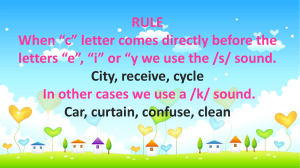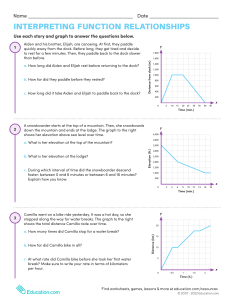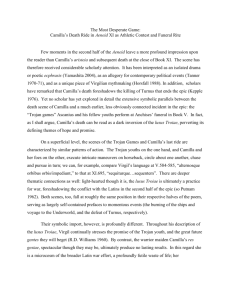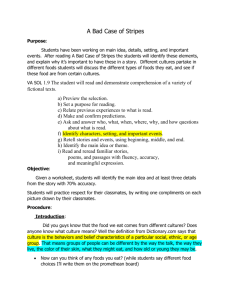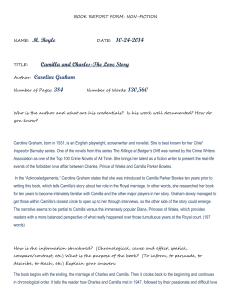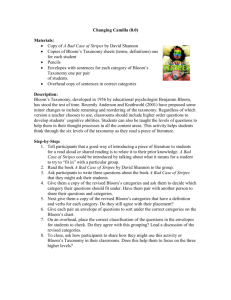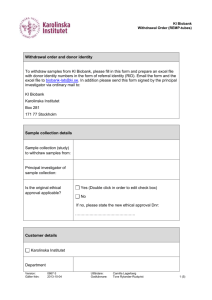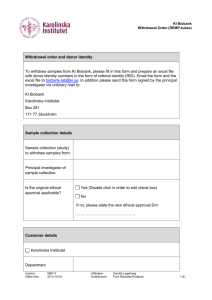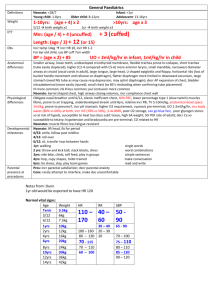View Camilla`s presentation
advertisement
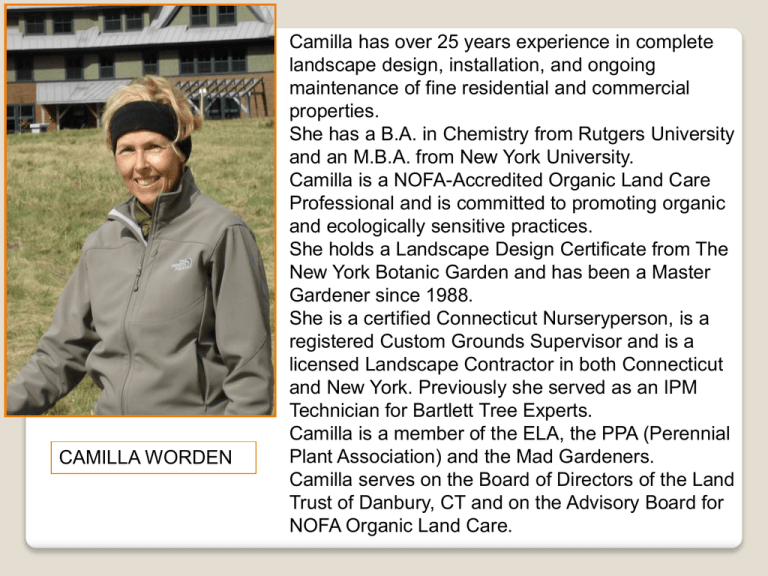
CAMILLA WORDEN Camilla has over 25 years experience in complete landscape design, installation, and ongoing maintenance of fine residential and commercial properties. She has a B.A. in Chemistry from Rutgers University and an M.B.A. from New York University. Camilla is a NOFA-Accredited Organic Land Care Professional and is committed to promoting organic and ecologically sensitive practices. She holds a Landscape Design Certificate from The New York Botanic Garden and has been a Master Gardener since 1988. She is a certified Connecticut Nurseryperson, is a registered Custom Grounds Supervisor and is a licensed Landscape Contractor in both Connecticut and New York. Previously she served as an IPM Technician for Bartlett Tree Experts. Camilla is a member of the ELA, the PPA (Perennial Plant Association) and the Mad Gardeners. Camilla serves on the Board of Directors of the Land Trust of Danbury, CT and on the Advisory Board for NOFA Organic Land Care. EPA.GOV: U.S. SINCE 1970 - AVE ANNUAL TEMP INCR 2F - AVE WINTER TEMP INCR 4F HUNTINGTON STUDY, 2009, CAN. JNL. FOREST RESEARCH: NORTHEAST SINCE 1900 MEAN ANNUAL TEMP UP 1.4 DEG F PPT UP 4 INCHES SPRING COMES 4 DAYS EARLIER LAKE ICE MELTS 1-2 WKS EARLIER WHAT WE HAVE SEEN EPA.GOV: INCREASE IN DAYS HITTING 100F INCREASE IN PPT AND SEA LEVEL RISE MORE FREQ DAMAGING FLOODS 100 YR FLOODS EVERY 10-22 YRS INTENSE AND VARIABLE WEATHER WHAT’S LIKELY TO HAPPEN Mohan et al. 2009 DESTRUCTION OF COASTAL ECOSYSTEMS MAPLE, BEECH AND BIRCH HEAD NORTH SAME FOR SPRUCE AND FIR OAK AND HICKORY DOMINATE HEMLOCKS CLONKED BY WOOLY ADELGID LESS SPECIES DIVERSITY WHAT’S LIKELY TO HAPPEN CHANGES IN BIOGEOCHEMICAL PROCESSES FASTER MICROBIAL DECOMPOSITION N MINERALIZATION, NITRATE LEACHING POTENTIAL LOSS OF CA, MG POSSIBLE INCR IN SOIL RESPIRATION WHAT’S LIKELY TO HAPPEN PHENOLOGICAL ASYNCHRONY leafing, flowering, and fruiting times of plants compared to the molting, mating, and migration times of the animals they support WHAT TO EXPECT MORE GENERATIONS OF INSECTS WHAT TO EXPECT MORE FUNGAL DISEASES WHAT TO EXPECT INSECTS ADELGIDS, EAB, ALB, GYPSY MOTH, SPRUCE BUDWORM PATHOGENS INSECT VECTORED DISEASES – DED, OAK WILT, FIRE BLIGHT, BACT. LEAF SCORCH ARMILLARIA ROOT ROT, BOXWOOD AND CHESTNUT BLIGHT NEEDLECAST INVASIVES MULTIFLORA ROSE, LOOSESTRIFE, GARLIC MUSTARD, WINE RASPBERRY, JAPANESE STILTGRASS, TREE-OF-HEAVEN, JAP. BARBERRY WILL THERE BE DISTURBANCE ACCELERATION? WHAT’S NEXT? Resiliency of New England Forests Longer Growing Seasons New Crops THE GOOD NEWS…. Compost / Organic Matter, oh yeah Shade Trees Plant Broad Rangers Plant Tough Mudders Nix Potential Invasives Nectar-Bearers Suck Up Stormwater Prepare for Drought – Xeriscape / Rain Barrels Time Insect Treatment More Precisely Right Plant Right Place, yeah yeah Aim for Biodiversity Maintain Corridors Where Species can Translocate WHAT WE CAN DO
